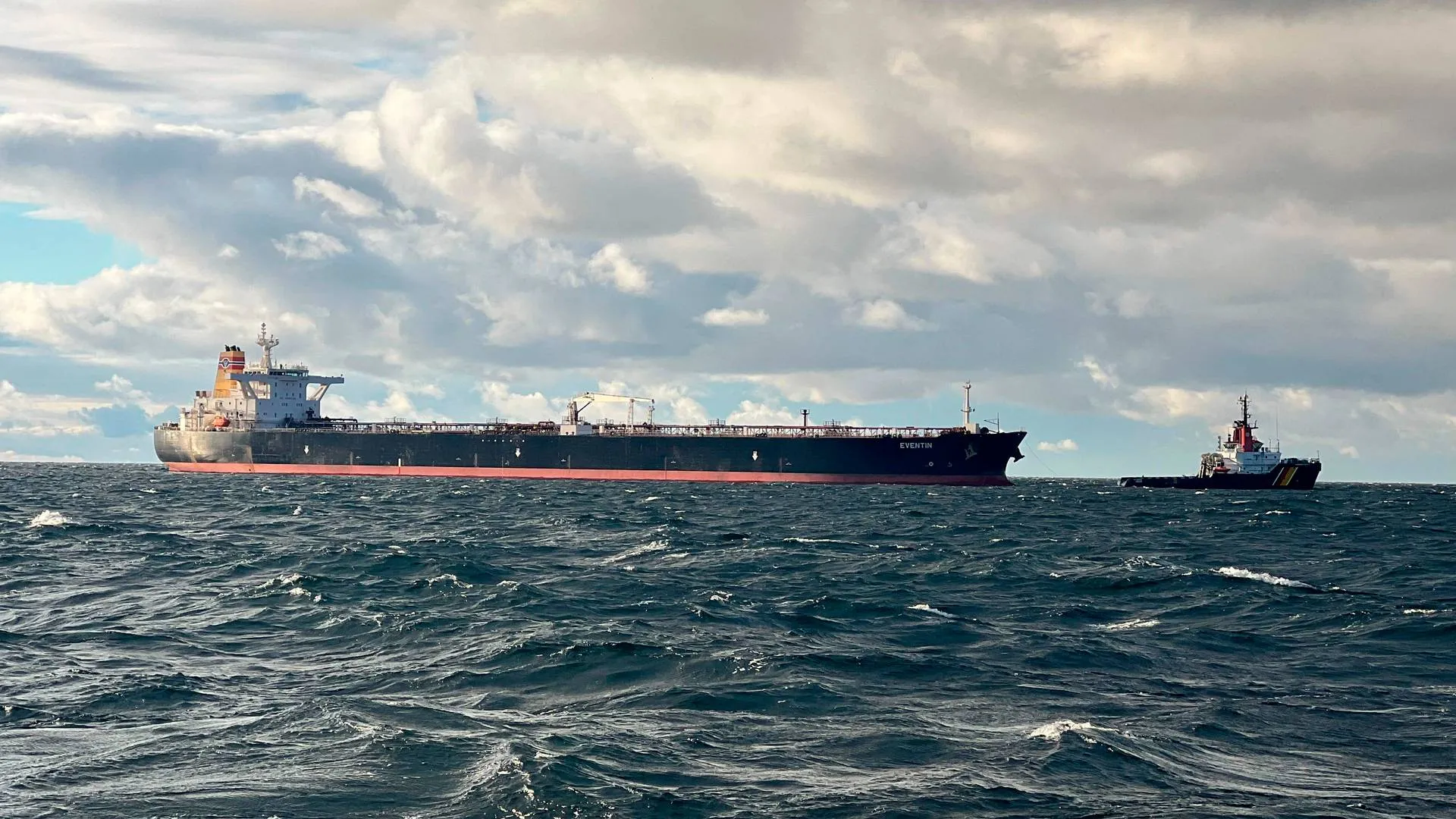Strong newbuilding deliveries coupled with slow ship scrapping have led to an upward revision of dry bulk carrier growth estimates for 2025 in the market.
According to the mid-year review provided by shipbroker Howe Robinson, a total of 278 dry bulk carriers above 10,000 dwt were delivered globally in the first half of 2025, surpassing the deliveries in the same period last year (271 vessels) and the first half of 2023 (248 vessels).
While deliveries were robust in the first half of this year, dry bulk scrapping slowed. During the statistical period, 38 dry bulk carriers were sent to scrapyards, with approximately 2.4 million dwt of scrapping volume exceeding the level of the same period last year (2.35 million dwt). Factors contributing to the decline in scrapping include falling steel prices, gradually recovering market earnings, and the fact that most existing dry bulk carriers over 20 years old were built by Japanese shipyards.
As a result, the net growth rate of the bulk carrier fleet in the first six months of 2025 was 1.5%, slightly lower than the same period in the first half of 2024 (1.7%). Due to scrapping volumes falling short of earlier forecasts, Howe Robinson has raised its full-year net fleet growth expectation from 2.5% to 2.8%.
In contrast, new orders have fallen to multi-year lows. In the first half of 2025, new orders amounted to only 9.9 million dwt, a significant decline compared to 36.8 million dwt in the same period last year and the lowest level for the same period since 2017. This is primarily due to weak commodity demand. Howe Robinson estimates that dry bulk demand will grow by only 0.7% this year, a sharp drop from 3.6% in 2024 and 4.6% in 2023. Among them, iron ore, which accounts for about 28.0% of global dry bulk trade, is expected to contract by 0.3% this year after two consecutive years of growth, while coal, accounting for 24% of global dry bulk trade, may decline by 4.8%, and grain trade demand is projected to fall by 0.9%. However, bauxite is the only commodity expected to achieve meaningful growth, rising from 17% last year to 18%.





